by Todd Walker
For two years I’ve tried to attend a class at Dave Canterbury’s The Pathfinder School. Finally got the chance this weekend after a lot of penny-pinching and saving. Was it money well spent? You bet!
Investing in knowledge and skills is a no brainer. Books, videos, and blogs, depending on the source, can be a value adding resources. I wanted to test my skills, in a somewhat controlled setting, before having to do the stuff to survive! My buddy and I, Dave W. (DW), drove 10 hours, slept and trained in the rain, cold, and sleet to hone our 72 hour wilderness survival skills.
E.D.I. (Educate, Demonstrate, Imitate) is a method used to teach every skill at the school. This takes the guess-work out of each task you’re asked to perform.
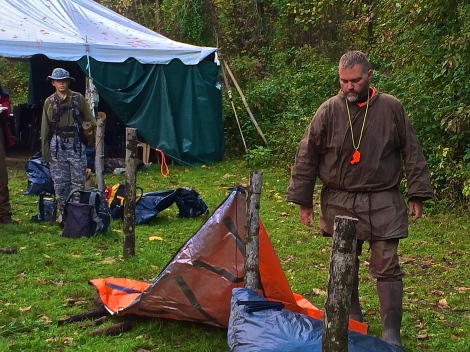
Jamie Burleigh demonstrating the 5 minute emergency shelter
The Pathfinder System is built around the Triangle of Survivability: Knowledge – Skills – Resources. Each side of the triangle is designed to maintain Core Temperature Control (CTC) in a 72 hour wilderness survival situation.
Here are the key lessons learned…
Your kit (gear) is a resource. Every time you venture into the woods, your kit should contain the 10 C’s of Survivability. Each of these 10 pieces must have at least 3 multifunctional uses. The first 5 C’s (Cutting tool, Combustion device, Cover, Container, Cordage) directly affect your CTC the most. This gear is the hardest to reproduce in a wilderness survival situation.
Lesson 1: Get the Best Gear You Can Afford
I’ve written about and logged many hours of dirt time practicing with the 5 C’s, but not at the intense level DW and I experienced this weekend. A lot of gear marketed in the survival/preparedness community will fail when you need it the most. Not all my gear came from the Pathfinder Store. However, let me say this, if you choose to purchase their stuff, be assured that these items have been tested in the real world.
For instance, my knife came from Red Barn Forge. I brought two back up knifes just in case. These spare cutting tools never left my pack. The “Beast” curled fine feather sticks, batoned through 4 inch logs with ease with only a light stropping of the blade from the original two month old factory edge. [I wanted to wait until after this class to give this knife a full review. Stay tuned!]
There are common man options for gear that won’t break the bank. My homemade bed sheet tarp (Cover) rocked in the rain, sleet, and cold! I slept dry and warm in my wool blankets and hammock.
I intended to use my Swiss Army Bread bag as my haversack for the class. Realizing that it was too small for the job, I improvised and used my $10 yard sale backpack. It proved functional and easy to carry.
Lesson 2: “If it ain’t raining, you ain’t training”
Fire. Over twenty fires in three rainy days with wet wood. Your pack should always contain a sure-fire method of combustion.
When you’re wet and cold and have marginal tinder material, a Bic lighter will ignite duct tape. Make a loose bundle of Gorilla tape about the size of a golf ball and light it with your Bic. This burning ball of tape will extend your fire (10-15 minutes) to dry and ignite wet tinder material. If processed correctly, you can even ignite the tape with a good ferro rod.
In the real world, it rains. Stuff gets wet. In your fire kit, always carry dry tinder material. Jute twine, Gorilla tape, and fatwood are excellent ways to start a fire in wet conditions. You’d be smart to carry a commercial sure-fire back up or make and test your own.
Fire is life out there! Fire effects your survivability in many ways:
- Self-aid
- Shelter
- Water
- Fire/heat
- Signaling
- Food
- Psychological comfort and morale booster
Practice Doing the Stuff with fire in controlled conditions before your life depends on producing a flame in the wild. A sustainable fire, like all things survival related, can be condensed to the input/output paradigm. The resources you put in determines your outcome.
Collecting “smalls” for fire is crucial. I’ve never collected so many pencil-lead size and pencil size twigs in a three-day period in my life. The students who produced chest-high, body-wide 5 minute fires (output) were the ones who took the time to gather 55 gallon drum liners full of smalls (input) from dead hanging trees and branches… and of course, paid attention to the instructor’s demonstration of building a proper fire lay before imitating. Practicing fire craft before attending the school also helps. 😉
Carefully control the input factors to reach a perfect outcome (survival). Practicing wilderness self-reliance skills in all-weather conditions. What works in dry conditions will likely fail when wet.
Lesson 3: Discover Redundancy in Your Kit
Never pack an item in your kit that can’t perform at least 3 functions to effect your survivability. With the proper resources, skills, and knowledge, your 10 piece kit should be able to meet these seven survival priorities…
Priority #1: Self-Aid
If you’re injured, you’re chances of surviving a 72 hour scenario are decrease without performing self-aid.
- Cutting tool – ** used to effect all 7 survival priorities but not listed **
- Combustion device
- Cover
- Container
- Cordage
- Cotton bandana
- Cargo tape (get Gorilla brand)
- Cloth sail needle
- Candling device (flash light, head lamp, candle, etc.)
- Compass
Priority #2: Shelter
Creating a mini micro climate for CTC (Core Temperature Control)
- Cutting tool
- Combustion device – heat
- Cover – clothing, tarp, tent
- Cordage
- Cargo tape
Priority #3: Water
- Container
- Combustion device
- Cover – make shift container
- Cotton material – filter
- Cargo tape – DIY container in case metal container is lost
Priority #4: Fire
- Cutting tool – processing wood, spine used to produce sparks with flint
- Combustion device – obvious, right?
- Container – used to make char cloth
- Cotton material – char cloth to create next fire
- Cargo tape – fire extender
- Candling device – illumination
- Compass – magnifying lens on a good compass for solar ignition
Priority #5: Signaling
- Combustion device – smoke generator
- Cover – a reusable emergency space blanket (reflective side) or orange on the outside
- Cotton material – contrasting color from natural surroundings
- Candling device – flashing light
- Compass – with a mirror to reflect sun light
Priority #6: Food
- Combustion device
- Container
- Cordage
- Cotton material
- Candling device
Priority #7: Navigation
- Cloth sail needle – magnetized for a DIY compass
- Candling device – night navigation
- Compass – investing in a quality compass should be your 2nd priority after a knife
Lesson 4: Pre-Planning and Teamwork
You won’t always have a partner with you while in the great outdoors. On solo trips or with a group, leave a written plan with a friend or family member describing, in as much detail as possible, where you’re going, when you left and plan to return, who is with you, and how you plan to get there (car camping, hiking, etc.).
The importance of teamwork can’t be overstated. My buddy, Dave W, covered my weaknesses in the navigation course more than a few times. Even after watching and listening to our instructors, Brian Manning and Matt Mahoney, I wasn’t able to get my bearings on the compass until Dave W. demonstrated the technique on our first trial in the woods. He saved us on the night navigation course more than once.
If you happen to be out with a friend or group, know each other’s strengths and learn from them. Iron sharpens iron.
Lesson 5: Pass on the Knowledge
Mastering the basics in any craft takes time and knowledgable mentors. The staff at The Pathfinder School are students of self-reliance. They don’t know it all. Who does? They’re not self-appointed experts. They learn new stuff with every class… and pass on this knowledge.

One of Team Wisdom’s instructors, Brain Manning, hamming it up on the last day
As students, we should all stay curious, hungry, and humble. The best way to learn a new skill is teach it. Decompressing after the trip, Dirt Road Girl and I sat and talked in our living room about the many fire deliverables Dave and I performed.
“Let’s build a fire!” she said.
DRG collected smalls, processed tulip poplar bark for tinder, made fatwood scrapings, a fatwood feather stick, and started her first 5 minute sustainable fire with a ferro rod in the backyard! Her input produced the desired output… a sustainable fire!
Keep Doing the Stuff of Self-Reliance,
Todd
P.S. – You can also keep up with the Stuff we’re Doing on Twitter, Pinterest, Google +, and our Facebook page… and over at the Doing the Stuff Network on Pinterest, Google +, and Facebook.
P.P.S – If you find value in our blog, Dirt Road Girl and I would appreciate your vote on Top Prepper Sites! You can vote daily by clicking here or on the image below. Check out all the other value-adding sites while you’re there…
Thanks for Sharing the Stuff!
Copyright: Content on this site (unless the work of a third-party) may be shared freely in digital form, in part or whole, for non-commercial use with a link back to this site crediting the author. All links in articles must remain intact as originally posted in order to be republished. If you are interested a third-party article, please contact the author directly for republishing information.
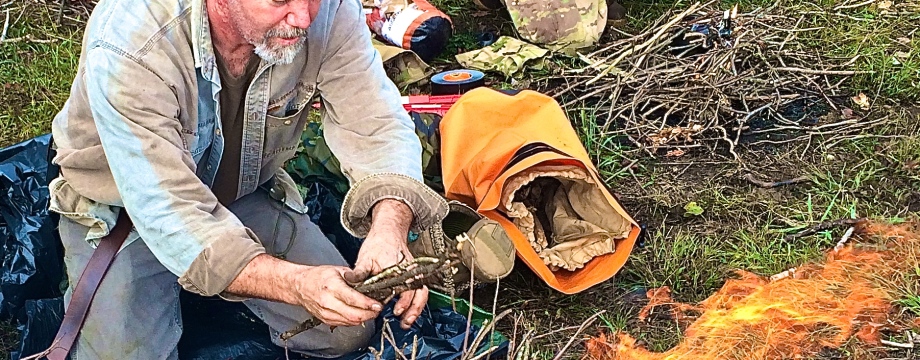


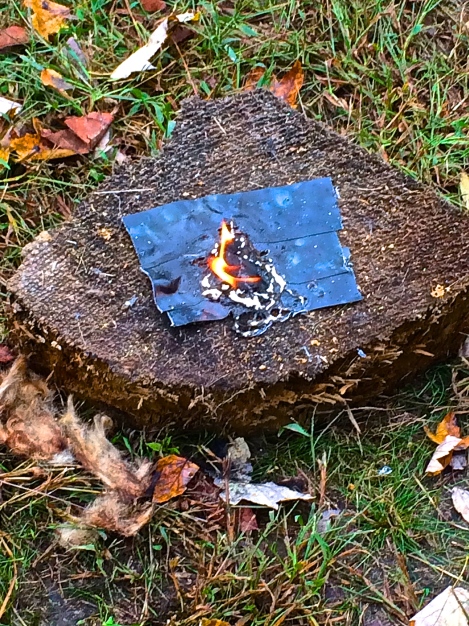
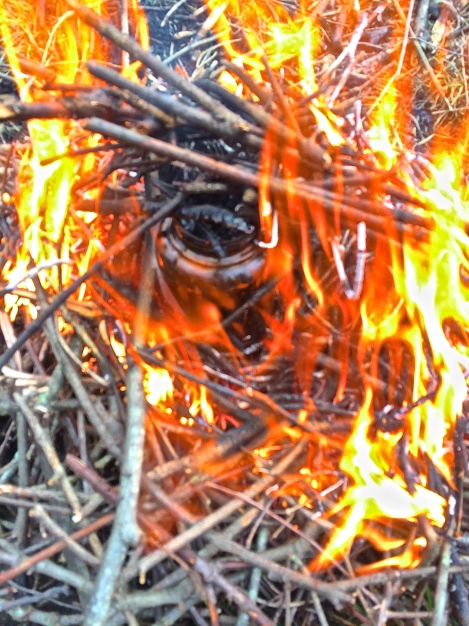
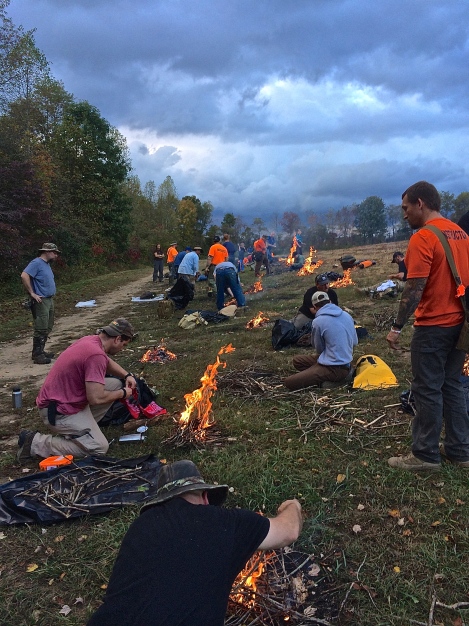
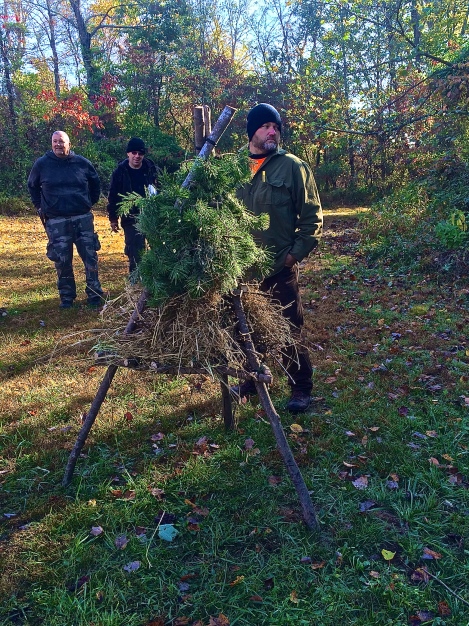
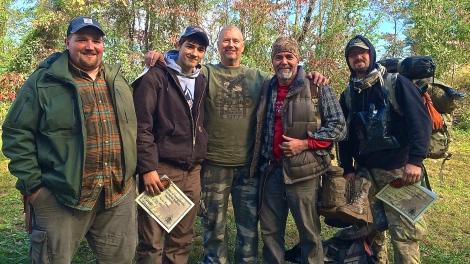
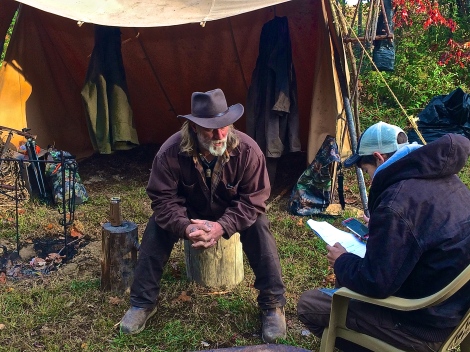
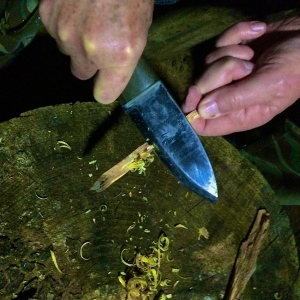
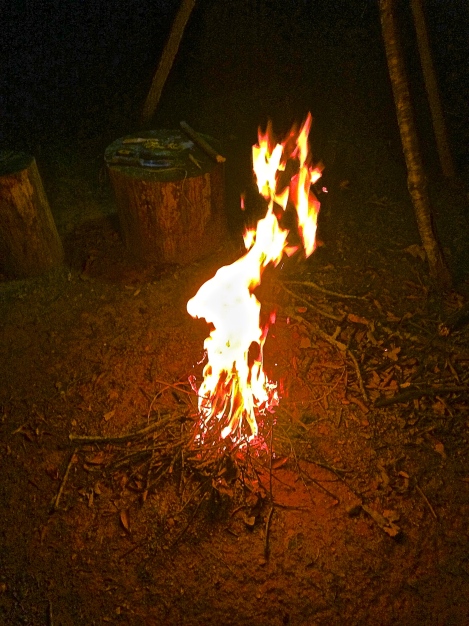








Great review, I too want to attend this course. I have read reviews from many different people about many different schools and the Pathfinder school always gets great reviews. Thanks for great content and look forward to your your future blogs.
LikeLike
Pingback: A great review.. | Able 1 Rescue Solutions LLC
Pingback: 5 Lessons on Self-Reliance at The Pathfinder School | Modern Homesteader
This post makes me want to go start a fire. Reading stuff like this always makes me want to go practice skills. I don’t know why, it just does. Thanks for posting this!
LikeLike
Good to hear that, Chewy! Doing a quick 15 minute fire and survival shelter this weekend with DRG. Hope to have a video up on it, my first vid.
LikeLike
Welcome to team wisdom brother. You can see my whole experience @themoodybobby1 on youtube called the pathfinder experience for those who may not get to go to see what its all about . i heard you done very well congrats.
LikeLike
Thanks for stopping by, Bobby! Heard you were on team wisdom with Brian Manning a few years ago too.
LikeLike
My son and I went in March of this year and were on Brian and Brian’s team. Glad you had a good time!
LikeLike
Thank you for your wistom and sharing. I want to learn to makepaper logs out of allmy junk mail.. I don’t remember which web it was on. A mans first name and 50 uses for 5 gallon buckets. Please send me his website address if you have it.
We ARE all in this together.
Peace,
jay
LikeLike
Is this what you’re looking for, Jay?
LikeLike
Really cool post Todd 🙂 That looked like a huge class but it looks really well run. Thanks a bunch for sharing those photos and on your experience. Maybe one day I get to go on one of these…better start my penny pinching myself.
LikeLike
I just got a copy of Dave Canterbury’s book “Bushcraft 101” and I’m reading it right now, when I can get it away from my 12 year old! It has a lot of good ideas for beginners and experienced people too. I got some real holes in my bushcraft skills. Mostly, I just need to open up some time, to get out there and practice. I’m really glad you had the change to go to one of his courses… Got to go… practicing shooting today. 🙂
LikeLike
Pingback: 5 Lessons on Self-Reliance at The Pathfinder School | padrerichard
Pingback: 49 Outdoor Skills and Projects to Try When Camping | Survival Sherpa
Pingback: Vital Outdoor Skills | Michigan Standard
Pingback: 49 Outdoor Skills and Projects to Try When Camping | Ready Nutrition
Pingback: Bombproof Fire Craft: 8 Unorthodox Fire Resources Hidden in Your 10 Piece Kit | Survival Sherpa
Pingback: Makin’ Bacon: How to Dry Cure Pork Belly | Survival Sherpa